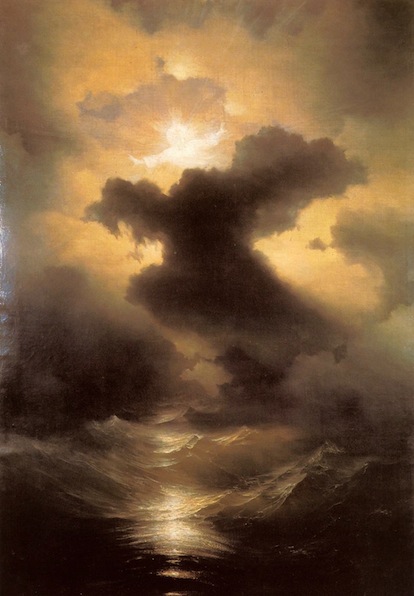Two hundred years ago, amid worldwide darkness, a new stem appeared within the forest and jungles of an apparently chaotic history. There was born in 1817 a Child, Who would become the “centre of that narrative”, “one majestic lonely Figure”* Who would call humankind to love and unity, and to a new perspective, suited to the times and in accordance with humanity’s degree of spiritual development.
Bahá’u’lláh unveiled His divine Message gradually. A whole decade passed between His first intimations of His mission and the moment in the Najíbíyyih Garden on the banks of the Tigris river when He informed a small group of assembled friends and followers that He was the bearer of a divine Message to humanity. This Event coincided with orders of Sultán ‘Abdu’l-‘Aziz and Násiri’d-Dín Sháh to send Him out of the vicinity of Baghdad to the city of Constantinople. From there He was sent to Edirne, then known as Adrianople.
Thus it was that from that latter city in the seventh year of the sixth decade of the nineteenth century Bahá’u’lláh proclaimed His message to the kings and rulers. Immediately upon this further unveiling, He was sent by order of Sultán ‘Abdu’l-‘Aziz to the prison city of ‘Akká. Bahá’u’lláh, after arriving in the citadel of ‘Akká, once more proclaimed His Message to the kings and rulers and peoples of the world.
The reason for the imprisonment and banishment of this Figure—unique in His age—was that His teachings called for the advancement of humanity to a new and wider spirit, strong enough to group together all humanity. Such a unifying spirit could renew the balance between spiritual advancement and material progress.
The priniciple of the unity of mankind, “the pivot” around which all the teachings of the Bahá’í Faith turn, became the signal for humanity’s approach towards a new stage: its stage of maturity. The new Faith should not be regarded as only a renewal of the principles of altruism and spiritual love, but “as signalizing” “the coming of age of the entire human race.” “It should be viewed,” Shoghi Effendi explains, “not merely as yet another spiritual revival in the ever-changing fortunes of mankind, not only as a further stage in a chain of progressive Revelations, nor even as the culmination of one of a series of recurrent prophetic cycles, but rather as marking the last and highest stage in the stupendous evolution of man’s collective life on this planet.”**
In honour of the Birth of Bahá’u’lláh, several new articles are being published:
.
.
.
The image is a painting by Aivazovsky entitled “Chaos” (1841). The photograph is courtesy of the CC of Wikimedia.
* G. Townshend, “Introduction”, in Shoghi Effendi, God Passes By (1944), p. iii.
**Shoghi Effendi, The World Order of Bahá’u’lláh (1991), p. 163.
